Two common mistakes for beginner gardeners, which not long ago included me, are planting too much in a small space and planting the wrong things together. Companion gardening means planting the right things together in order to help them thrive. It’s a simple premise that can take a struggling garden from creeping to leaping! Companion planting helps keep the wrong bugs away, and draw the right bugs in. It helps with providing the right amounts of shade for the plants. It helps keep the soil in your garden stocked with the right vitamins and minerals. Plus, it aids in keeping weeds at bay.
Companion Planting: Partnering Vegetables
Let’s start with the vegetables. Every veggie has some partner veggies that grow well with it. Corn, which is a tall vegetable, grows best with low-lying companions, such as beans, cucumbers, peas, melons, potatoes, and squash.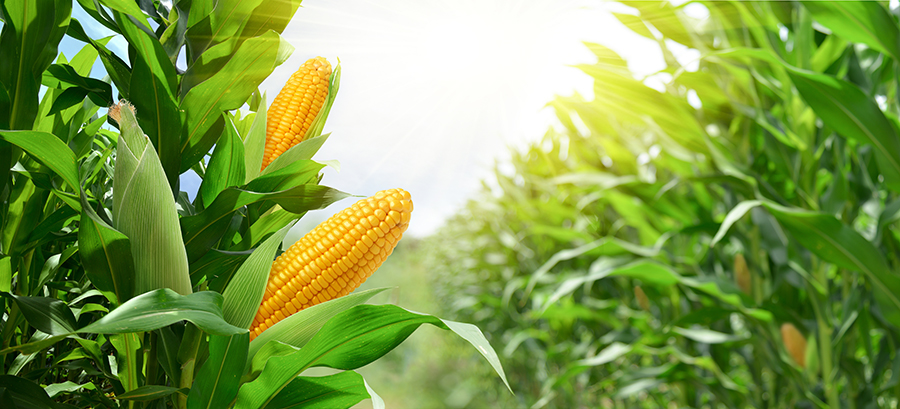
Beans can grow upwards on corn stalks, and squash leaves block weeds from forming. The companion growing of corn, squash, and beans is so effective, the veggies are known as “the three sisters.”
Tomatoes would be a plant to avoid growing too close to corn. Tomatoes (I know, I know, it’s actually a fruit) grow well with the herb basil, because they repel the bugs that like to eat tomato crops. On the flip side, sage grows well with tomatoes because it attracts insects that help the plants grow.
When growing carrots, avoid the herbs dill, parsnip, and parsley too close by.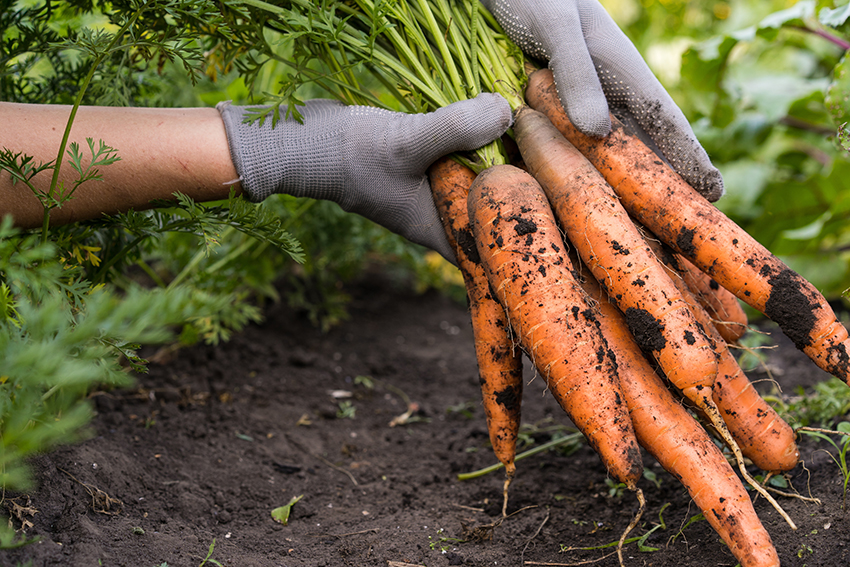
Chives, though, can actually improve how carrots taste when grown nearby. Onions, lettuce, and tomatoes also pair well with carrots in the garden. Avoid growing onions too closely to beans and peas. If possible, grow them near beets and lettuce.
When growing squash or zucchini, don’t grow them near potatoes, because the plants will fight for growing space. Try to grow them near corn, peas, or radishes. Hot peppers and beans don’t tend to grow well together, but hot peppers and basil or onion pair well.
Add Flowers to Repel Insects
You might want to grow some flowers in your vegetable garden, to add color and beauty to your yard and home. If that’s the case, some of the best flowers to plant in your garden are marigolds for their ability to repel insects; cosmos because they attract lacewings that eat garden pests; lavender for its insect-repelling qualities; and sunflowers-because they make climbing trellises for vine plants.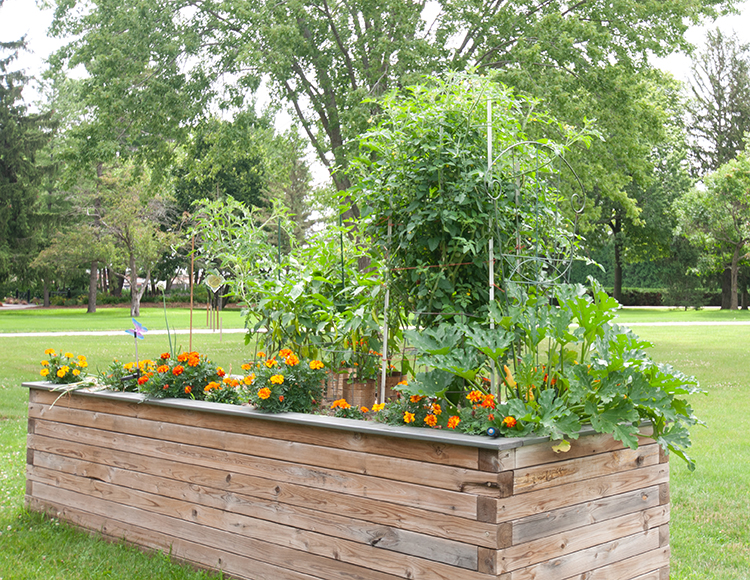
You can also plant “trap crops”, which are plants that attract insects that are garden pests, so the insects do not eat the vegetables and flowers you’re trying to harvest. Zinnias and roses can help with Japanese beetles. Nasturtiums and calendula can help with aphid problems. Geranium and mustard plants also help with pests.
Plants can do well no matter what they’re near, if they aren’t too close together. But if you’re like me and have limited gardening space, companion gardening is very helpful. Don’t stress too much about making sure every plant is placed near something it pairs well with. Just follow the guidelines of companion planting as well as you’re able to, and your garden will turn out great. I wish you a green thumb this gardening season!

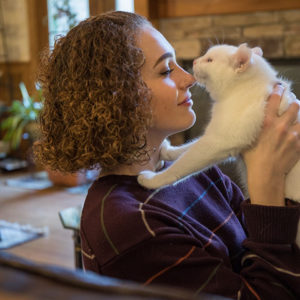



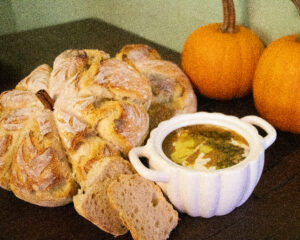

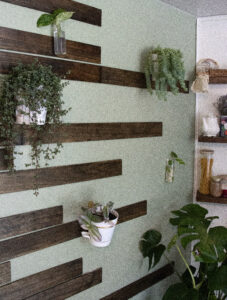
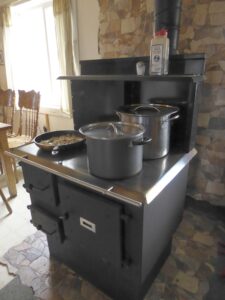







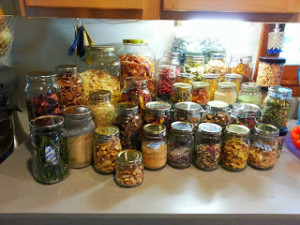
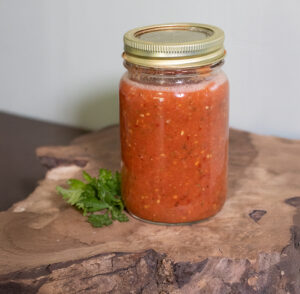
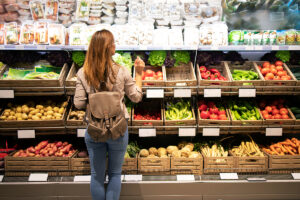









Awesome article.. easy to understand! Thank you for the great information ?
Thank you for the information. I will use it this year in the garden.
This is great information in a short and precise quick learn…I really appreciate this. I haven grown a well balanced garden in years and this year I did plant 3 sisters mounds at the end of mine. But I planted spinach by my potatoes.
Thank you for your comment, Becky!
We hope your garden thrives, Judy!
[…] © Lehman’s blog […]